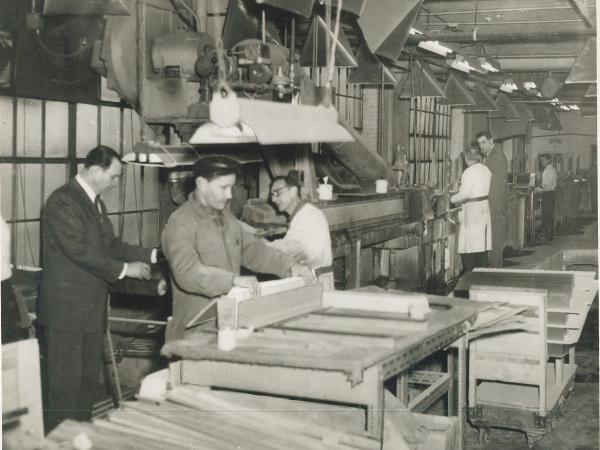
Date: 21 February 2017
Over the past century, the glass industry has been propelled forward by cyclical building booms, global economic changes, and forward thinking designs that push beyond aesthetic and functional boundaries. These forces led to remarkable innovations in product and machinery.
So it’s no surprise that many industry business owners are asking themselves, “How does a company stay ahead of the curve in a time when change is occurring faster than ever?”
General Glass International (GGI), an industry pioneer spanning five generations of family ownership and management, is a prime example of a company that has undergone extraordinary transformative changes, reinventing itself multiple times in an often swiftly changing industry.
More than a century after its inception, GGI is one of the most trusted glass fabricators and distributors in the United States. GGI’s story is a valuable lesson in resilience and dynamic leadership. The company has forged ahead, keeping itself relevant and customer-centric in an uncertain world.
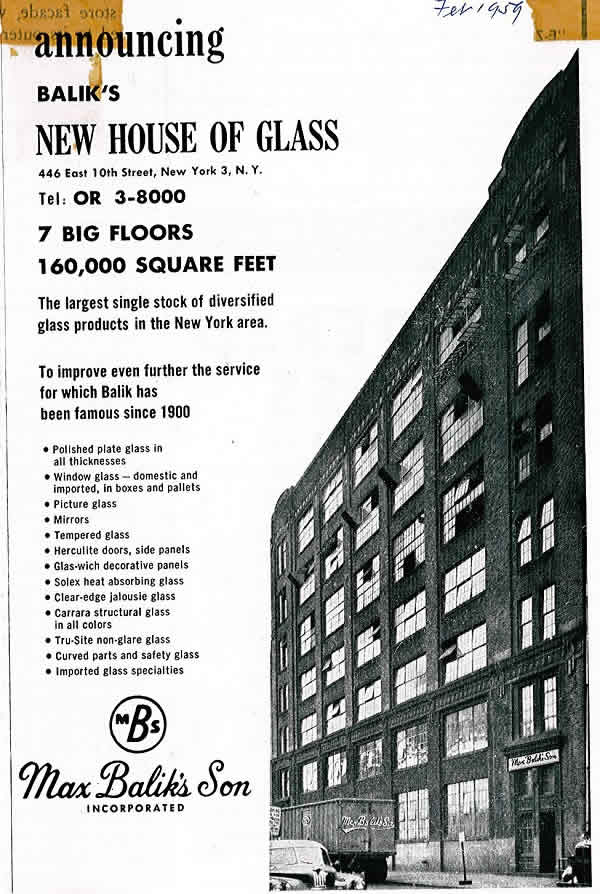
GGI began as a one-man operation in the early days of the twentieth century. Max Balik repaired broken windows in Lower East Side tenements in New York City. By mid-century, GGI was importing first from Western Europe, then from Eastern Europe and China.
By the 1960’s and 70s, GGI was quickly becoming the country’s largest importer of sheet glass. Problems loomed however. The Soviet Union dissolved into chaos and the iron curtain came down, and with that came a variety of other international complications. But when world circumstances changed, so did GGI.
When danger strikes
As the sources for importing glass from Eastern European vendors were drying up and disappearing, GGI made a bold move to become a manufacturer of sheet glass in the United States to replace these overseas sources.
They purchased one of the last remaining sheet glass plants in the United States, Jeanette Sheet Glass. The plant was using Fourcault “vertical draw”
sheet glass technology; patents for which had expired in 1926. Even with less than state-of-the-art technology, GGI was able to produce quality suitable for niche markets requiring small sizes such as picture frames, but not for mainstream window applications.
However, they made strategic investments in new processes along with cutting and handling equipment to create the most advanced sheet glass factory at that time.
With greater capacity and efficiency, GGI was building the necessary momentum to meet its goal of satisfying its customer base with more reliable domestic glass production.
Having a domestic manufacturing company had its benefits, as the reliability and shorter lead times helped the company double its sales almost overnight.
The plant operated well for five years after it had become fully operational. However, one summer day in 1992, danger literally flew in with a bang.
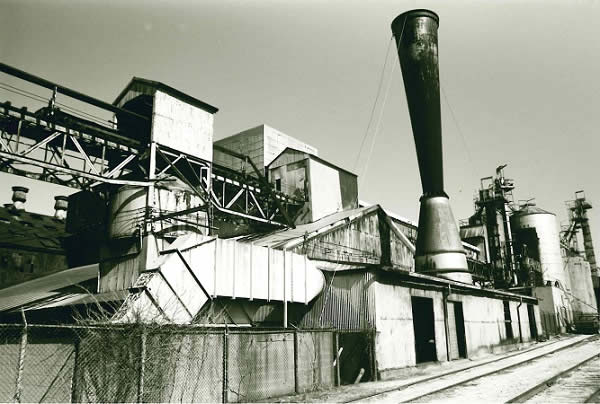
In the predawn darkness of a Saturday morning, a misguided wild turkey crashed into a crucial power line causing a local transformer to explode. Electrical power within GGI’s busy glass plant was abruptly cut off. Unable to support full capacity production, the plant’s three backup generators then failed.
Richard Balik, Executive VP of GGI, who was a sales manager at the time, recounts the dramatic events. “With no power to run the furnace and no cooling fans, there was an immediate danger of 1,450 tons of molten glass breaking out of the furnace and flowing onto the plant floor. Ron Vance, our Plant Manager, raced from his home to the site, and together with the crew, scrambled to save the plant from a disastrous situation. With no better options at hand, they decided to try flash-freezing the glass.”
The team managed to run temporary lines to the cooling fans, and pumped cold water into the raw glass mixture which flash froze the glass into a giant block.
The desperate gamble paid off, thankfully ending the crisis. Although they got the plant up and running later that day, there was permanent damage to the furnace, as well as to production capabilities and quality. Rebuilding wasn’t deemed viable.
However, it turned out to be the perfect time to address widespread changes in the glass industry, with rising labor costs and a declining market for sheet glass due to the advent of cheaper float glass.
Moving with the market was reason enough for a new beginning; but it was the turkey that forced GGI’s hand - a true fight or flight moment.
Forging ahead: rethink or close down
GGI chose to fight, moving first into survival mode, and then turning survival into success. Since shutting down was not an option, the company changed its strategy.
After a rocky start, GGI found a way to sustain itself by focusing on the distribution of sheet glass once again, with plans for expanding their specialty product mix. Less than a year later, in 1993, General Glass partnered with Cardinal Glass Industries, a new entrant into the float glass business.
By cutting and processing thin float from Cardinal, GGI upgraded the quality and reliability of its offering to its picture frame customers which led to additional sales growth.
That same year, the company acquired the assets of Boss Glass, and began serving the flat glass distribution needs in the metro NY area from Pine Brook, New Jersey. In 1997 GGI acquired the assets of The Glass Factory, a glass tempering and processing company in Long Island.
In 2002 the company consolidated its operations including distribution, tempering, cutting, polishing and drilling, under one roof into what is now GGI’s main facility in Secaucus, New Jersey.
The new location provided the basis for the company’s transformation from a low value commodity glass supplier to the business that it is today - a nationwide specialty glass import-distributor, and a leading custom, value-added glass fabricator.
Technology and product innovation
In addition to positioning GGI to further expand its custom glass fabrication and specialty patterned glass business, the consolidation also opened possibilities to explore new technologies that address emerging technical and design concepts.
GGI spent the better part of the decade growing their customer base, making capital investments to enhance capacity and quality, and strengthening their reputation as a reliable supplier and fabricator.
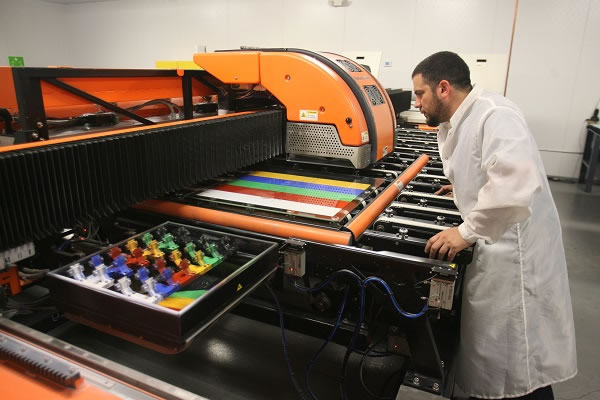
Then in 2010, GGI introduced Alice® digital ceramic glass printing, one of the first installations in the U.S. of this revolutionary technology. This brought GGI into a new world of creative glass printing that came with its own set of challenges and rewards.
“With the capabilities opened by Alice®, we learned to do things that others couldn’t come close to offering,” recalls David Balik, President of GGI. “GGI has always been willing to challenge itself, to take risks and to explore new ideas; early adoption of new technology and implementing product innovations is critical to growth.”
Since day one, GGI’s owners have been hands-on managers. Their business sensibilities followed changes within the industry; and their willingness to take calculated risks by investing in new technology paid off. Digital printing on glass has since gained momentum across the industry – with GGI at the forefront since the beginning.
GGI’s investments in technology often resulted in unexpected opportunities; for example, automating glass fabrication not only improved output but it improved quality and service which opened doors to new customers and markets. GGI met the additional product development challenge and forged ahead.
Embracing new technology has also created challenges on the factory floor, such as the need to train operators to handle sophisticated machinery coupled with an elevated emphasis on maintenance procedures. However, with GGI’s commitment to employee development, these challenges are being met as well.
People make a company
“But technology is only part of the GGI story”, says Bud Sherman, Fabrication Sales Manager, a 40-year industry veteran and longtime GGI employee. He knows exactly why GGI has gotten to where it is today, “Customers keep GGI in check on our quality; they also push us to grow our products and innovate.
They keep us on our toes. That has everything to do with good leadership that faces any challenge with a can-do attitude and a willingness to change and innovate.”
GGI’s managers place great value on the role employees play in the continued success of the company. All staff members are encouraged to voice their opinions, to grow within the company, and to stay up to speed on innovations in the industry.
“One of the best lessons that we have learned over the years is the importance of investing in the best people. Take care of your people and your equipment- that equals success,” says David Balik.
And that lesson, adds Richard Balik, meshes with GGI’s concept of holistic management, “Remaining relevant in the industry is not just a matter of sales and innovation; it means listening to your employees, being alert and attentive to customer demands and criticism, and providing a quick response.”
Today and looking forward
GGI has changed with the times and with customer demands, while remaining at the forefront of innovation and quality. They recently added a new 95,000 square foot warehouse and distribution center in Avenel, New Jersey for their wide range of specialty, laminated and float glass products.
This expanded warehouse capacity provides space for increased inventory levels of existing products and makes room for new products soon to come. GGI has also expanded its fleet of specialized delivery trucks, which will enable them to meet their customers’ increasing demand for expedited delivery.
How did GGI stay ahead of the curve while change was occurring faster than ever? It recognized its mistakes and potential threats, meeting them head-on. It reconfigured its resources to shape a more advantageous future. Most importantly, though, it gathered the best tools and the right people to use them. GGI became a team of professionals ready to take on new challenges.
David Balik brings the long path of history into perspective: “What GGI has learned over the past century holds true today – and most certainly for tomorrow. I believe many of the lessons we learned are relevant to the glass industry in fact, to any industry. Chief among them is recognizing the need to change, to take risks, to learn from your mistakes and to try to stay ahead of the curve. This combined with the power of a dedicated leadership team is key to shaping your own future.”
 600450
600450

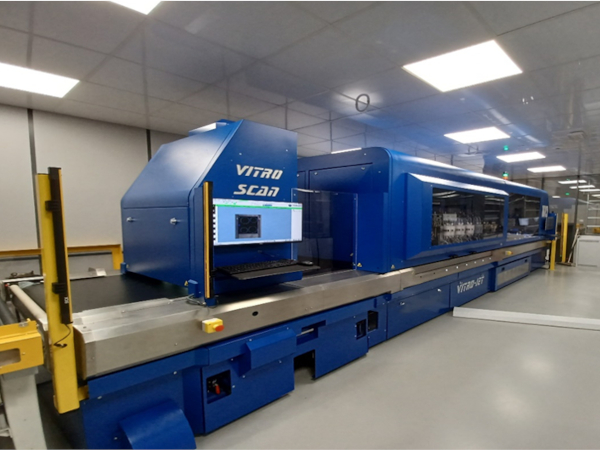

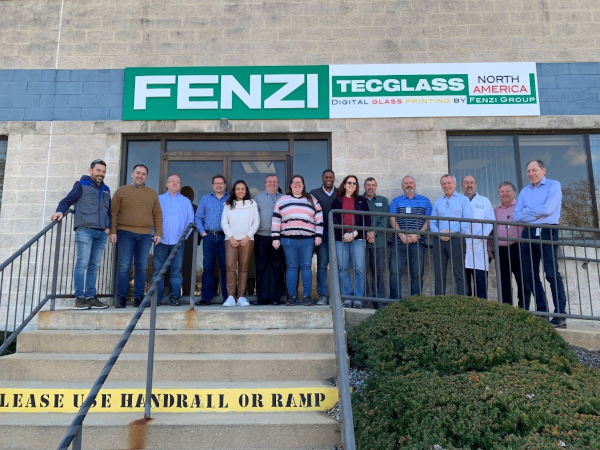
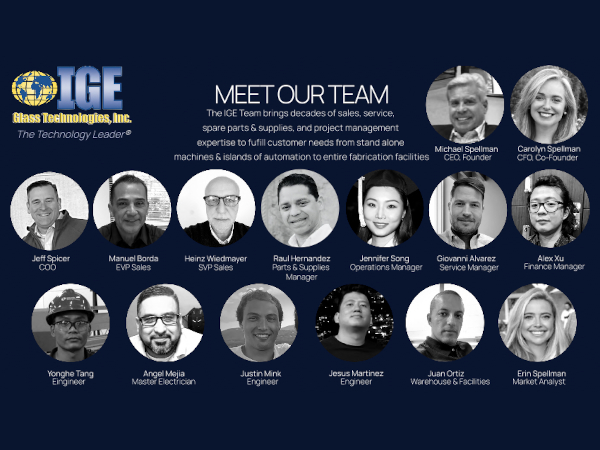
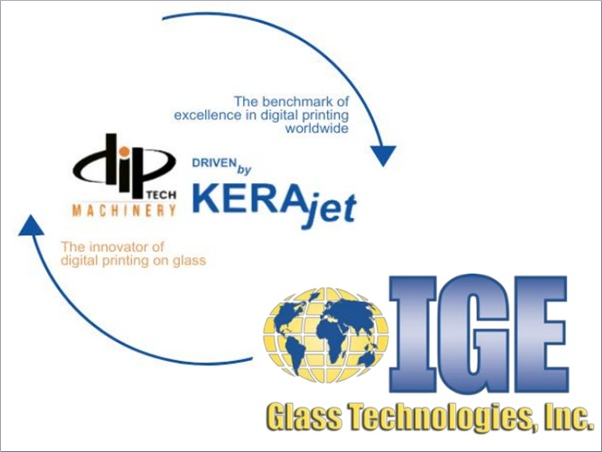







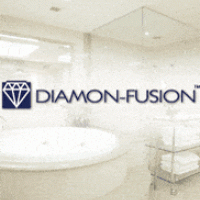

Add new comment